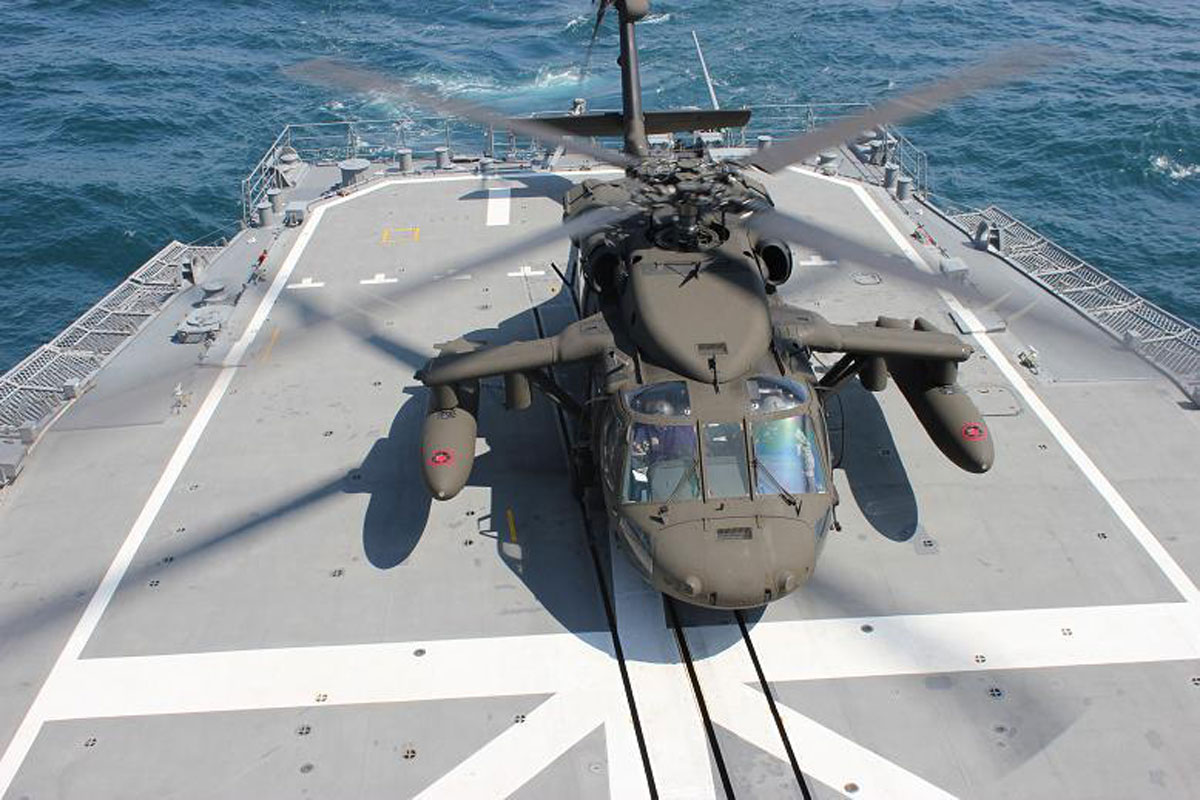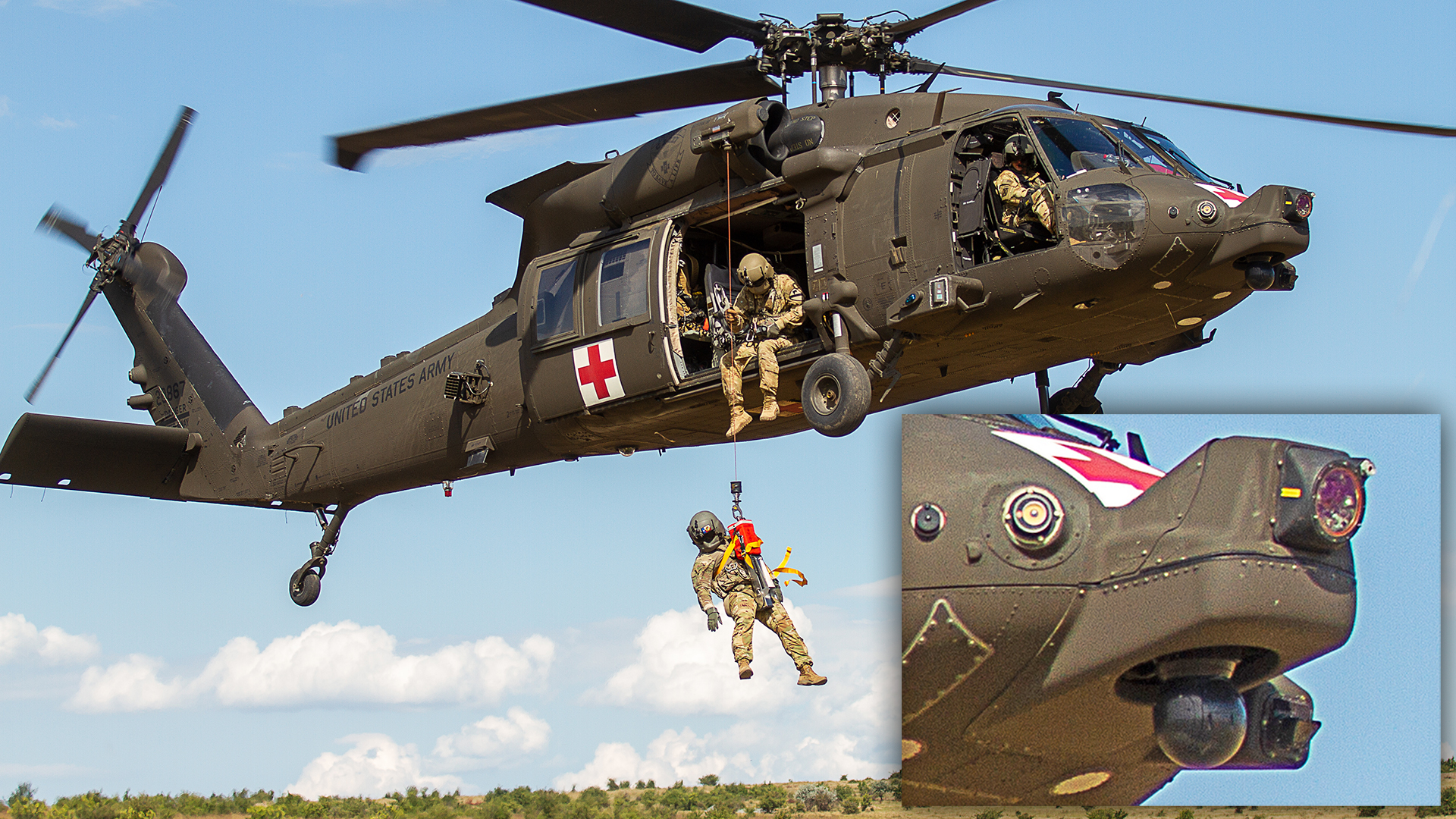Discovering the History and Advancement of the UH 60 Helicopter

Origins of the UH-60
The beginnings of the UH-60 helicopter can be mapped back to the late 1960s, a period noted by the demand for a functional utility aircraft that might adapt to the evolving demands of contemporary war. The U.S. Army recognized the requirement for a replacement for the older UH-1 Iroquois, which was coming to be progressively poor for the complexities of contemporary fight scenarios. In 1967, the Army started the Energy Tactical Transport Aircraft System (UTTAS) program, which sought to develop a multi-role helicopter efficient in numerous missions, consisting of troop transport, clinical evacuation, and logistical support.
The design competitors drew in several aerospace makers, however it was Sikorsky Aircraft Corporation that inevitably protected the contract in 1972. The UH-60 Black Hawk was introduced, showcasing ingenious style elements and advanced technology that established it in addition to its predecessors. Its first trip happened in 1974, and the aircraft was formally adopted by the Army in 1979. The UH-60 quickly obtained acknowledgment for its robust performance, integrity, and adaptability, leading the way for its comprehensive use in armed forces procedures and solidifying its standing as a foundation of united state Army aviation.
Secret Design Features
Innovative style attributes of the UH-60 Black Hawk significantly add to its functional performance. Among the most noteworthy elements is its twin-engine setup, which boosts reliability and offers a greater power-to-weight proportion, enabling the helicopter to carry out under various conditions. The aircraft's four-blade primary rotor system uses improved lift and ability to move, crucial for tactical missions.

Additionally, the cabin is created for optimum visibility and functional designs, featuring innovative avionics that improve pilot operations. The modular layout of the UH-60 enables for very easy upkeep and flexibility, making it appropriate for different objective profiles, from troop transport to medevac operations. These vital design features make certain that the UH-60 Black Hawk remains a dependable and versatile property in army aeronautics, capable of satisfying the needs of modern war.
Technological Developments
Current technical developments in the UH-60 Black Hawk have actually significantly enhanced its functional capacities and adaptability. The combination of sophisticated avionics, such as digital flight control systems and boosted situational awareness displays, allows pilots to operate with raised precision and effectiveness. These systems promote boosted navigation, communication, and information sharing, allowing the helicopter to function successfully in varied atmospheres.
Additionally, the introduction of composite products has lowered the total weight of the airplane while preserving architectural integrity. This reduction improves gas effectiveness and expands functional variety. The consolidation of sophisticated rotor technology, consisting of using four-blade, fully articulated rotor systems, has boosted lift performance and maneuverability, permitting much better handling in different trip conditions.

Furthermore, innovations in propulsion systems, such as the T700-GE-701D engines, have raised power result and reliability - uh 60. These engines add to exceptional performance in high-altitude and hot-weather problems
Finally, the assimilation of self-defense systems and boosted sensor plans enhances the Black Hawk's survivability and mission effectiveness. Collectively, these technical renovations make certain that the UH-60 Black Hawk continues to be a crucial asset in modern-day aeronautics, with the ability look at this website of adjusting to the developing needs of altruistic and army missions.
Role in Military Workflow
As the foundation of united state Military aeronautics, the UH-60 helicopter plays a crucial role in numerous armed forces procedures, acting as a functional platform for battle assistance, transportation, and medevac missions - uh 60. Its layout integrates the ability to operate in diverse atmospheres, making it vital for army activity and logistical assistance in both unconventional and standard warfare

In medical emptying scenarios, the UH-60 has confirmed important, considerably reducing the time to deliver damaged soldiers from the battlefield to clinical facilities. Its sophisticated avionics and night vision capabilities further make certain objective success under difficult conditions. On the whole, the UH-60 helicopter remains an essential property, constantly adapting to satisfy the evolving demands of armed forces operations and boosting the effectiveness of united state forces worldwide.
Future of the UH-60
Looking in advance, the future of the UH-60 helicopter involves significant advancements in modern technology and capacities made to improve its functional effectiveness. As military operations develop, the UH-60 is expected to incorporate sophisticated technologies, consisting of enhanced avionics, enhanced tools systems, and advanced communication devices. These enhancements will certainly permit greater situational recognition and goal versatility, guaranteeing that the UH-60 remains a crucial possession on the battlefield.
One remarkable advancement is the assimilation of fly-by-wire systems, which will certainly enhance flight control precision and minimize pilot work. Furthermore, efforts to upgrade the site link airframe and engines aim to enhance range, speed, and payload ability, thus broadening the helicopter's functional scope (uh 60).
The future likewise holds pledge for increased interoperability with unmanned airborne systems (UAS), allowing collaborated objectives that take advantage of both manned and unmanned capabilities. Furthermore, the incorporation of expert system and machine learning can enhance flight dynamics and upkeep procedures, resulting in lowered functional expenses.
Conclusion
The UH-60 Black Hawk helicopter stands for a considerable read accomplishment in armed forces aeronautics, progressing from the U.S. Army's first requirements for a flexible energy airplane. Its cutting-edge style attributes and continuous technological developments have actually guaranteed its significance in numerous army procedures over the decades. As the demands of modern-day war adjustment, the future of the UH-60 will likely involve more improvements and adjustments, strengthening its status as a crucial property for militaries worldwide.
The UH-60 Black Hawk helicopter represents a significant landmark in armed forces aviation, emerging from the U.S. Army's mission for a much more versatile and dependable utility aircraft in the late 20th century.The origins of the UH-60 helicopter can be mapped back to the late 1960s, a duration noted by the requirement for a versatile energy aircraft that can adjust to the developing demands of modern-day war. Overall, the UH-60 helicopter continues to be an important asset, continually adapting to satisfy the developing needs of military procedures and enhancing the performance of U.S. forces worldwide.
Looking in advance, the future of the UH-60 helicopter involves substantial improvements in modern technology and abilities developed to improve its operational performance.The UH-60 Black Hawk helicopter represents a considerable accomplishment in army air travel, evolving from the United state Army's first requirements for a flexible energy aircraft.